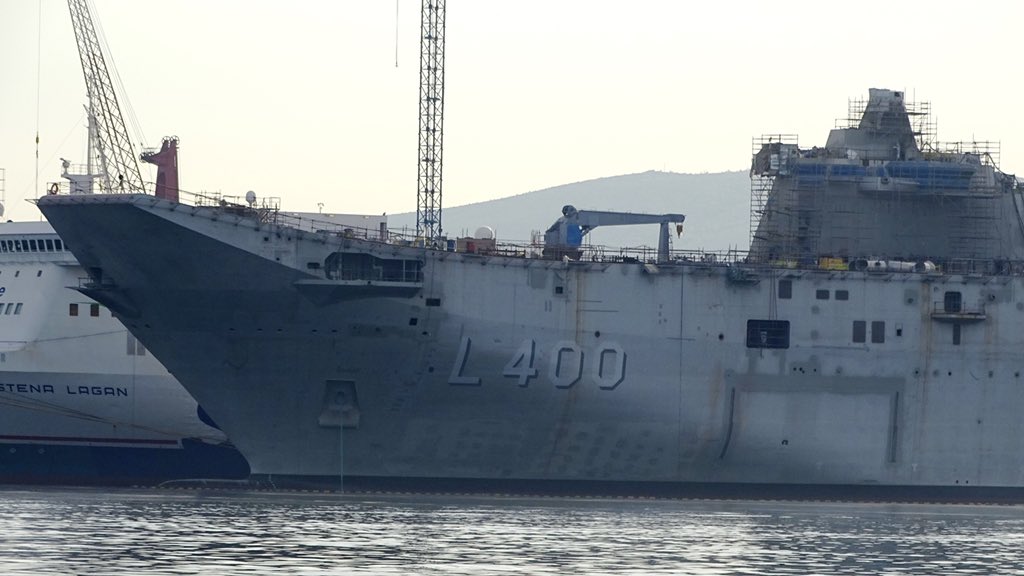Back to the Future: Autonomous Technology
AUTONOMOUS DRONES
Autonomous systems are an integral part of warfare and used for multiple roles during or prior to an operation. An autonomous aerial vehicle is capable of collecting intelligence, surveillance or reconnaissance. Even opted by non- state actors, UAVs have been presumed to lack the tenacity humans possess. Unreliable as UAVs are said to be, there have hitherto been a variety of trials to make them a platform that can match wits with humans, reaping the fruits of AI-powered systems in order to lower the burden and risks of using humans in the field.
There are three groups of UAVs categorized by STM, a leading Turkish defense industry company.
| Class | Category | Altitude (ft) | Examples |
Class I
(Below 150 kg) | Micro | <200 | Black Widow |
| Mini | <3,000 | Malazgirt | |
| Small | <5,000 | Hermes 90 | |
Class II
(150 to 600 kg) | Tactical | <10,000 | Karayel, Bayraktar Tactical UAV |
Class III
(Above 600 kg) | Medium-altitude long endurance (MALE) | <45,000 | ANKA, Predator |
| High-altitude long endurance (HALE) | <65,000 | Global Hawk | |
| Combat | <65,000 | X 47-B | |
Levels of Autonomy
According to NATO, levels of autonomy of UAVs are categorized as:
Level 1: Remotely Controlled System – System reactions and behaviour depend on operator input Level 2: Automated System – Reactions and behaviour depend on fixed built-in functionality (preprogrammed)
Level 3: Autonomous non-learning system – Behaviour depends upon fixed built-in functionality or upon a fixed set of rules that dictate system behaviour (goal-directed reaction and behaviour).
Level 4: Autonomous learning system with the ability to modify rules defining behaviours – Behaviour depends upon a set of rules that can be modified for continuously improving goal directed reactions and behaviours within an overarching set of inviolate rules/behaviours.
In operating UAVs, the duration of OODA -the loop of orient, observe, decide and act- loop sets the level an operator may partake in. Level of autonomy is measured by the moment ‘the button’ is pushed.
Turkey and Autonomous Drones: STM
STM offers a wide range of products with autonomous navigation, learning and decision making capabilities, both in a single-platform and swarm formation. STM’s competence on deep learning and computer vision facilitates real-time object detection, identification, tracking and classification.
Capabilities | Competences
- High performance autonomous dispatch and control algorithms
- Artificial intelligence
- Machine learning
- Sophisticated computer vision and deep learning algorithms
- Vision-based control
- Embedded and real-time object tracking, detection and classification
- Real-time obstacle detection and avoidance
- Real-time localization and mapping
- Platform-tailored, advanced electronic ammunition safety, arm and fire
More details at:






